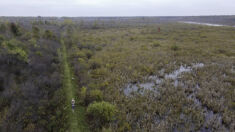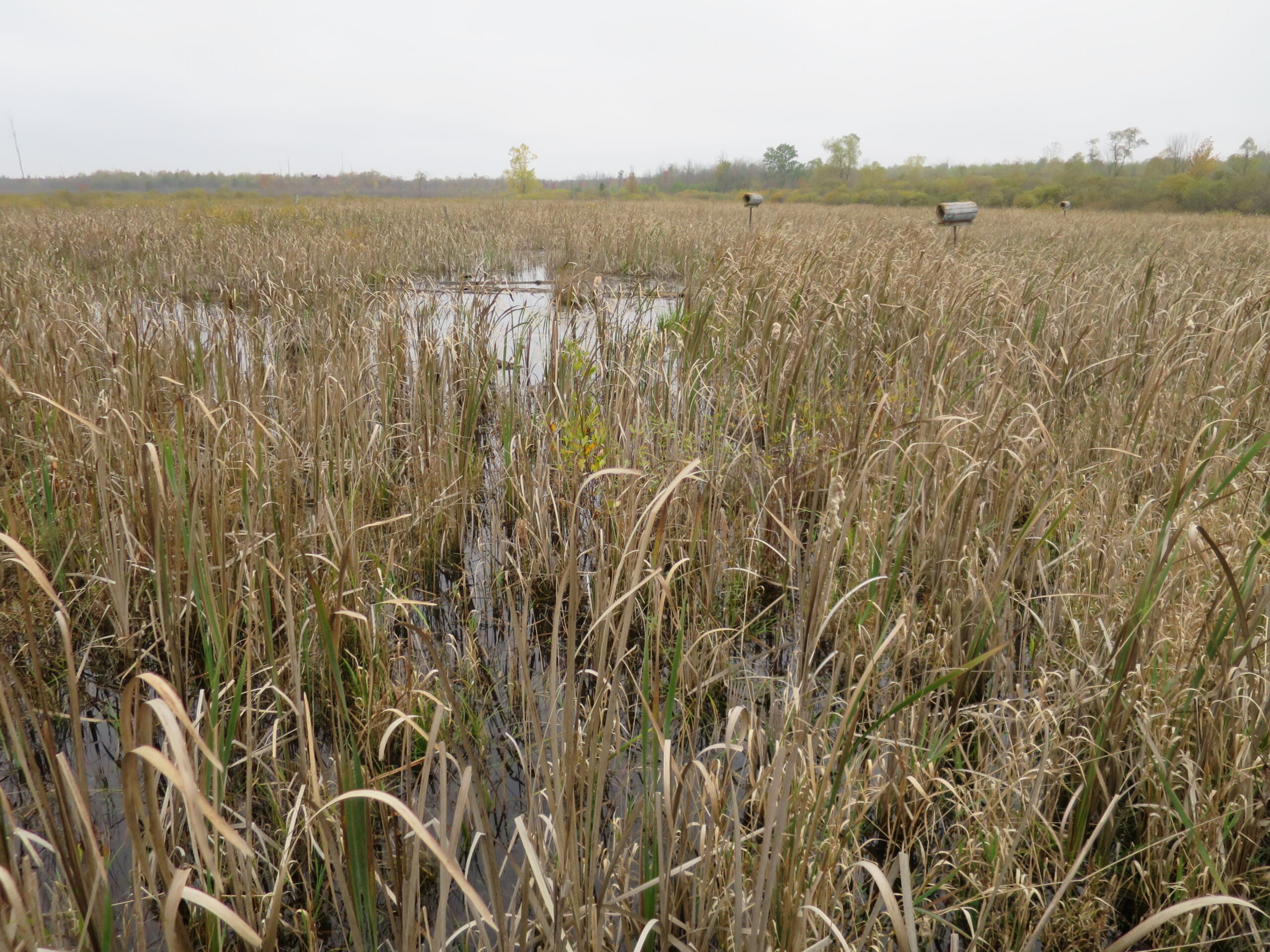Ellice and Gads Hill Swamps
Ellice Swamp
 At approximately 1,100 hectares, Ellice Swamp is the largest natural area (woodland or wetland) in the Upper Thames River watershed and in Perth County. The UTRCA owns 882 ha of this Provincially Significant Wetland. Ellice Swamp is located at one of the headwaters of Black Creek, a tributary of the North Thames River, and the Nith River, a tributary of the Grand River. The Swamp is located between Stratford and Milverton.
At approximately 1,100 hectares, Ellice Swamp is the largest natural area (woodland or wetland) in the Upper Thames River watershed and in Perth County. The UTRCA owns 882 ha of this Provincially Significant Wetland. Ellice Swamp is located at one of the headwaters of Black Creek, a tributary of the North Thames River, and the Nith River, a tributary of the Grand River. The Swamp is located between Stratford and Milverton.
In 2021, the Authority-owned portions of Ellice Swamp was recognized as part of Canadian Protected and Conserved Areas in Canada (CPCAD), counting towards Canada’s Biodiversity Goals and Targets and the Convention on Biological Diversity Aiichi 2020 Target commitment.
The swamp is also known as Ellice Huckleberry Swamp but the huckleberry, a relative of highbush blueberry, for which the pioneers named this area, seems to have been eliminated. The centre of the swamp is covered with sphagnum mosses and leatherleaf and underlain with peat (spongy, partly decomposed moss and plants). However, past drainage has severely altered the ecosystem and few remnants of the original bog vegetation exist. Woody vegetation has invaded the now drier soils at the expense of bog species. Despite past disturbances, the swamp still contains a rich diversity of vegetation communities and species.
Gads Hill Swamp
The nearby Gads Hill Swamp, located southeast of Ellice Swamp, is another large wetland in the Upper Thames River watershed. The UTRCA owns approximately 230 ha of this Provincially Significant Wetland. It is located at the headwaters of the Avon River, which flows through Stratford.
History of ownership and management
The swamps were purchased in 1952 with funding from Ministry of Natural Resources (MNR) under the Managed Forest Program, established to reforest marginal farmland. UTRCA took ownership while MNR undertook the reforestation and management. During the early 1950s, experimental tree planting projects were carried out. Several large blocks of coniferous trees (pines and spruces) were planted, while other areas were allowed to succeed naturally. In 2001, MNR turned over the management responsibilities of all the agreement forests to the landowners.
Today, many of the planted Red Pines are dying out as they are not suited to the wetland conditions. They are being replaced by locally native wetland trees and shrubs. Poplar, Black Ash, and Silver Maple swamp forest dominate the area. Dogwoods, willows, spiraea, chokeberry and ferns form the understory.
Ellice and Gads Hills Swamps are important natural water storage and recharge areas in the Thames River watershed, helping to maintain streamflow and water table levels throughout the year. These large natural areas are important in reducing flooding, maintaining cooler microclimates and in sequestering and storing carbon.
Bird life abounds, including Common Raven, Ruffed Grouse, and woodpeckers. Many warbler and sparrow species nest here or stop over during migration.
Invasive, non-native species such as Glossy and Common Buckthorn, Phragmites, and Purple Loosestrife are problematic and efforts to control them are ongoing by UTRCA staff.


